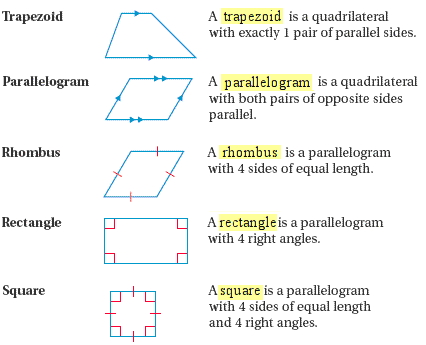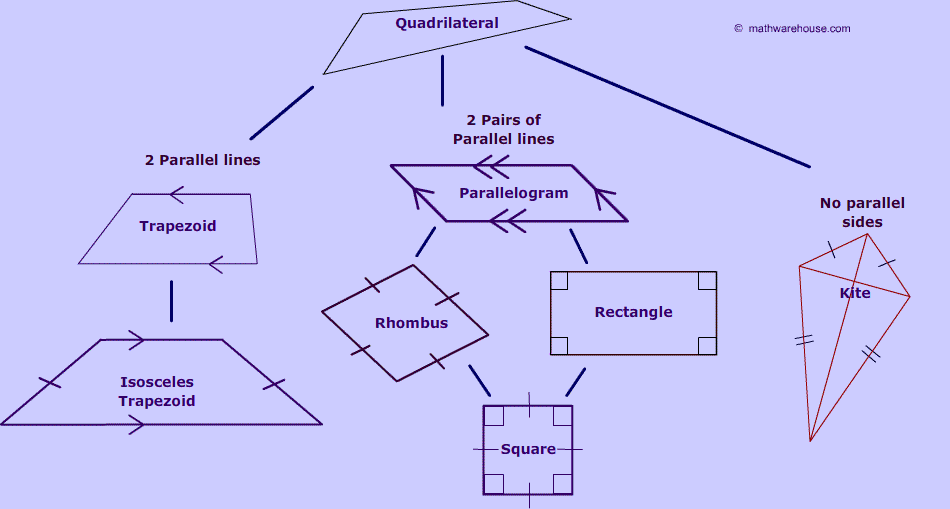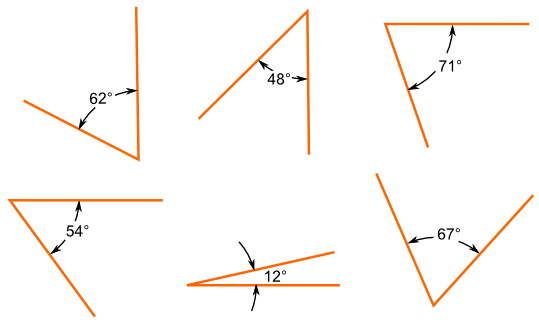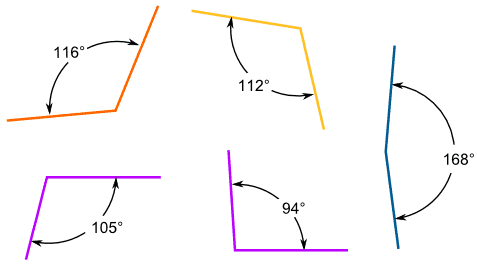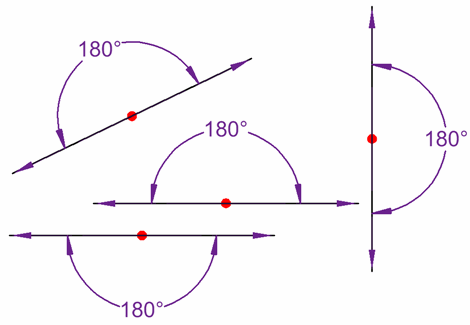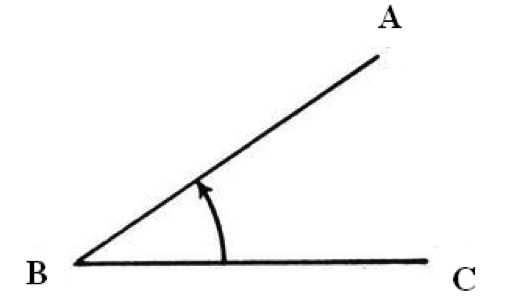Heredity
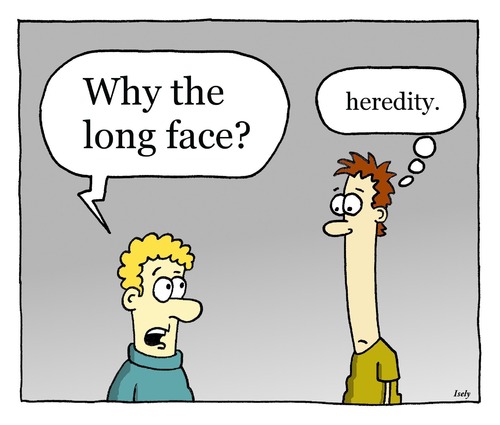
Heredity is the passing of genetic traits from parent to offspring. This is done through dominant and recessive genes.
Dominant genes are the strongest and are usually labeled with a capital letter - "B" for brown, for instance.
Recessive genes are typically hidden by dominant genes. Label the recessive gene for blue eyes "b" - lowercase.
If you get two dominant genes for eye color - BB - you're a brown-eyed beauty. Inherit a dominant and a recessive gene - Bb - you get the dominant color: brown. When both parents contribute a recessive gene, in this case blue-blue or bb, you've got blue eyes. These examples are all inherited traits.



Inherited traits are characteristics that are determined by an organism’s genetics and passed from parent to offspring. This can include eye color, hair color, skin type, height, etc.
Acquired traits, or learned behaviors, are behaviors that are acquired by an organism’s interactions with its environment and /or parents. This can include riding a bike, swimming, drawing, climbing, etc.
Inherited behaviors are behaviors that are instinctive. This includes breathing, smiling, blinking, etc.
Check out this fun game to test your knowledge:
Adaptations, Inherited Traits, Learned Behaviors and Food Chains Jeopardy
